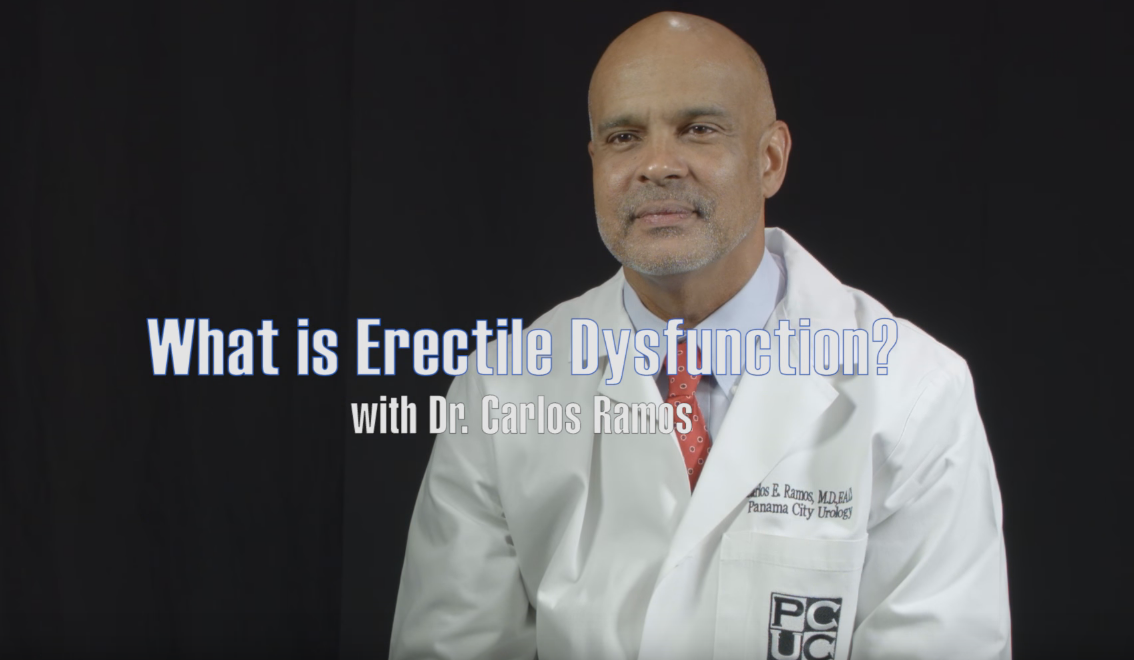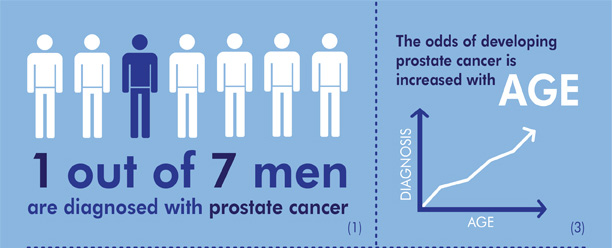Are you a man struggling to have children and looking for a way to boost your fertility? If so, consider eating a handful of walnuts every day. According to a study conducted by the University of Delaware, eating a walnut-enriched diet boosts sperm quality and aids in preventing male infertility. Working with two groups of mice, one fed on a walnut-enriched diet and the other fed on a control diet for 9 weeks, the researchers found that the group fed walnuts had a significant improvement in sperm quality.
How Do Walnuts Work?
Walnuts reduce lipid peroxidation, a form of cell damage that interferes with sperm membranes and harms sperm cells. Sperm is made of polyunsaturated fatty acids which are liable to damage by lipid peroxidation. Walnuts are the only tree nut made of mostly polyunsaturated fatty acids and will therefore effectively replenish sperm cells. In fact, just 1 ounce of walnuts contains 13 grams of polyunsaturated fatty acids (PUFAs) in 18 grams of total fat. By preventing sperm damage and replenishing sperm cells, walnuts help to improve sperm morphology, motility and vitality.
First Study on Walnut Efficacy
The study by the University of Delaware was based on a previous study by the UCLA Fielding School of Public Health and School of Nursing. According to the first study, which was based on a randomized control trial at UCLA, eating 2.5 ounces of walnuts each day (about 30 walnut halves) significantly improves the motility, morphology and vitality of sperm in men. During the research, more than 100 healthy young men eating their usual Western-style diet participated in monthly calls to share what they ate throughout the study. At the end of the study, it was clear that walnuts improved sperm quality, though more research was necessary to verify the role of the nuts.
Second Research Study by the University of Delaware
When the University of Delaware conducted its study, it was designed to reveal the mechanism by which walnuts had improved sperm quality in the UCLA study. Two groups of male mice, one consisting of healthy male mice and the other of genetically predetermined infertile male mice, were fed on either a walnut-enriched diet or a controlled diet for 9 to 11 weeks. At the end of the study, significant improvements in sperm morphology and motility were observed in mice consuming 20% of their daily calories from walnuts (equivalent to 2.5 ounces daily in humans). Most interestingly, even infertile mice had a remarkable boost in sperm morphology and both groups showed noteworthy reduction in peroxidative damage. The researchers concluded that walnuts improve sperm quality by reducing peroxidative sperm cell damage, though recommending further studies to determine which specific nutrients in walnuts are responsible for this improvement.
Walnuts are Beneficial for Sperm Health
Fertility in men is determined largely by sperm quality and quantity. For instance, if the number of sperm ejaculated is very low or the sperm are of poor quality, it may be difficult or even unlikely for pregnancy to occur. Since one-in-five infertility cases are solely due to the male partner and about one-in-twenty men suffer from some form of fertility problem related to low numbers of sperm ejaculated, using a healthy and proven method of improving sperm morphology, vitality and motility is a good way to begin addressing fertility problems. Enriching your diet with walnuts can be an effective first step in resolving your fertility issues and, if needed, there are many other treatments for infertility using medications or surgery. For more information on dealing with male infertility, visit Advanced Urology Institute.


















